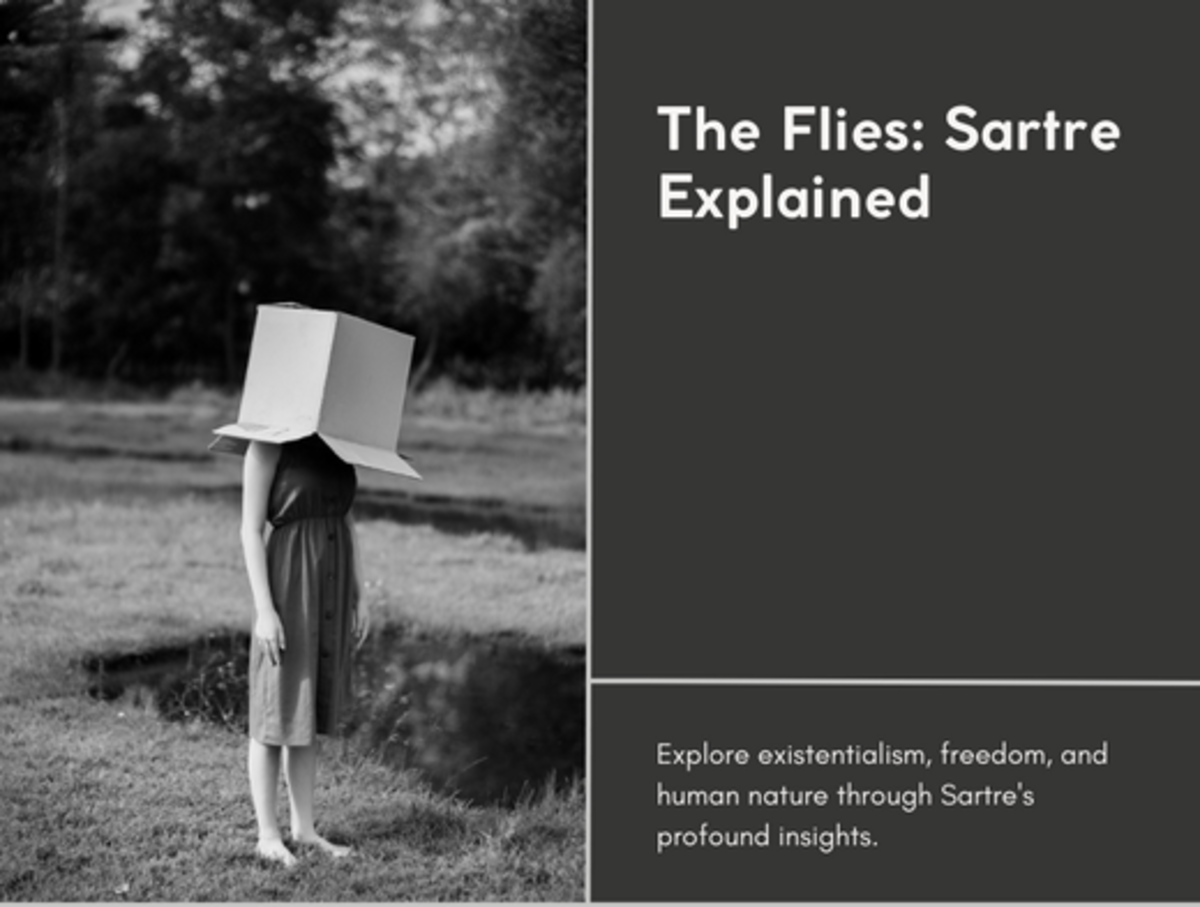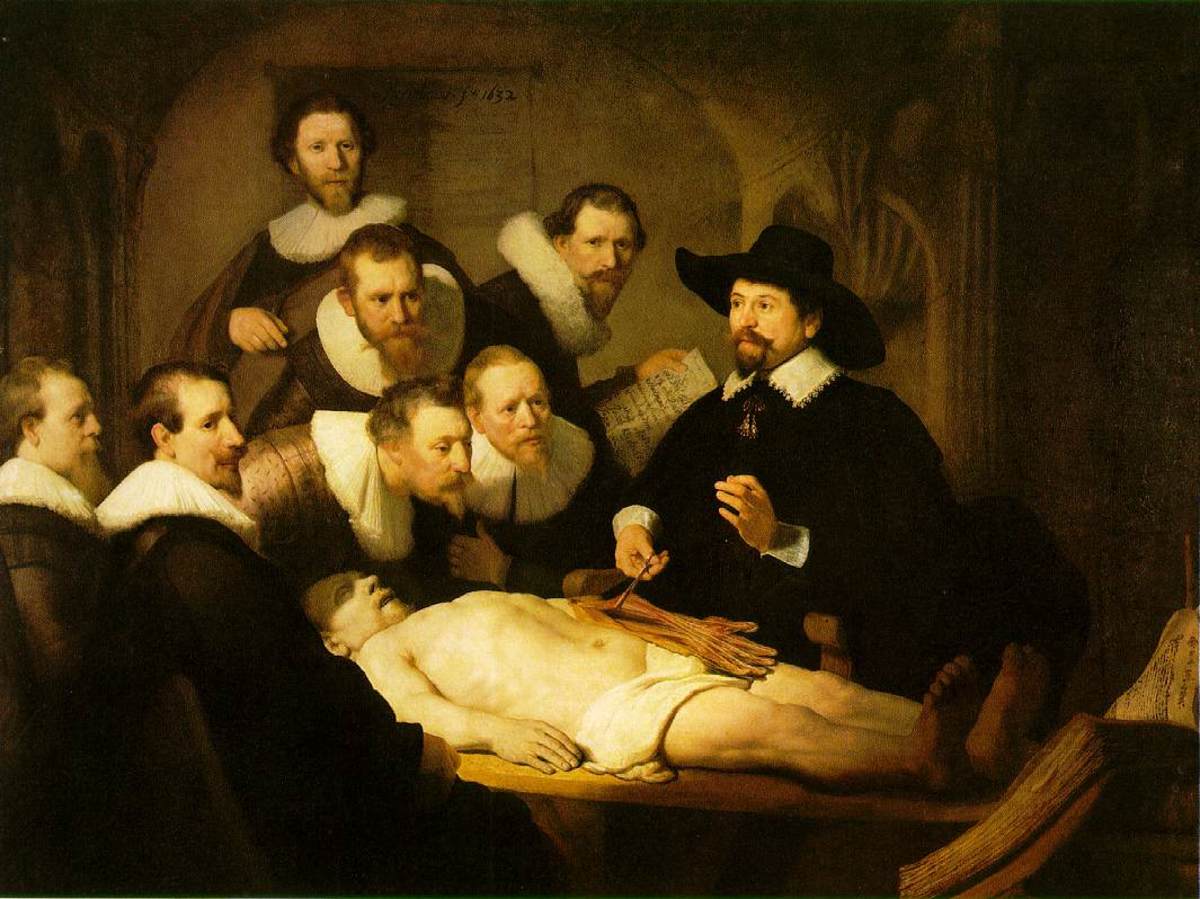Poetry and Myth (Part III)
This is the last part of Poetry and Myth. it discusses the nineteenth and twentieth century.
The closing years of the nineteenth century may be regarded as the most crucial period in the history of mythological scholarship, when two different bands of researchers converged upon the common point of the timeless quality of myth and its universal role in the cultural and moral life of humanity. The first band consisted of the psychologists headed by Freud who gave a new orientation to the speculations on the nature and significance of myth and its vital connections with the primitive outlook which no subsequent advance into sophisticated ways of life and thought can completely obscure or obliterate. But more constructive, in this regard, was the contribution of Jung, who related the myths to ‘the collective unconscious’, the reservoir of our race memories and the most vital part of our psyche. The myths were viewed as the archetypes of human crises and psychological tensions in the history of human psyche which are recurrent in different ages and stages of our civilization.
Jung’s findings were corroborated by the anthropological researches of scholars like Frazer and Jesse Weston, with their emphasis upon the recurring patterns of themes and motives common to the myths of several nations and their seminal value in all ages and climes.
These discoveries synchronized with an important turning point in the history of English poetry when the poets and critics alike were in search for new technical and stylistic devices with a view to making poetry an efficient instrument for the fullest possible expression of the complex modern consciousness and their acute awareness of the deplorable depth of the spiritual chaos into which society was fallen. The basic problem was to relate the modern human predicament to the past history of the race in order to show the height from which humanity had declines. In this way there was born a new technique which Joyce used in this Ulysses and which Eliot christened as the ‘mythical method’. It is a way of manipulating (with the help of a mythical framework) a continuous parallelism between the past and the present, between contemporaneity and the antiquity, in order to impose order upon the universal chaos which is modern history. The method can be best studied in Eliot’s’ own poem, entitled The Waste land. Here the main aim of the poet is to present the spiritual and moral disintegration of the European society not as a problem peculiar to the present age alone but a recurring phenomenon in the cultural history of the race in general. In the course of its long history humanity has wandered time and again from the high way of faith and spirituality into the wilderness of moral flippancy and religious confusion, making the pleasures of the senses the sole basis of its life and activity. This point has been enforced by a set of mythical situations which constitute the effective analogues of the modern wasteland. Eliot has made special mention of the medieval myth of the maimed Fisher King and his drought-stricken kingdom: but the introduction of Tiresias brings into the poem the classical wasteland of king Oedipus also as striking parallel, while the Biblical wasteland or the ‘evil country’ is clearly hinted at in the opening part of the first section and the spiritual crisis in Indian culture when ‘Ganga was sunken low’ is present by implication in the final movement where the message of Prajapati speaking in thunder is commended as the way of deliverance valid for all ages. This parallelism between the past and the present also serves to clarify the fundamental contrast between the two ages, the past, when the religious values were still intact for human regeneration, and the present, when they have been reduced to ‘a heap of broken images’ or the ‘withered stumps of time’. The poem also illustrates the way in which the mythical figures may be used as symbols of abiding human significance. One is reminded of Freud’s practice of naming psychological complexes after the great mythical personages, such as Oedipus, Electra and Narcissus.
Enough has now been said about the intimate and abiding connection between poetry and myth which all superficial changes of society and mutations of taste and belief and have not been able to affect seriously through the epochs of human history.









